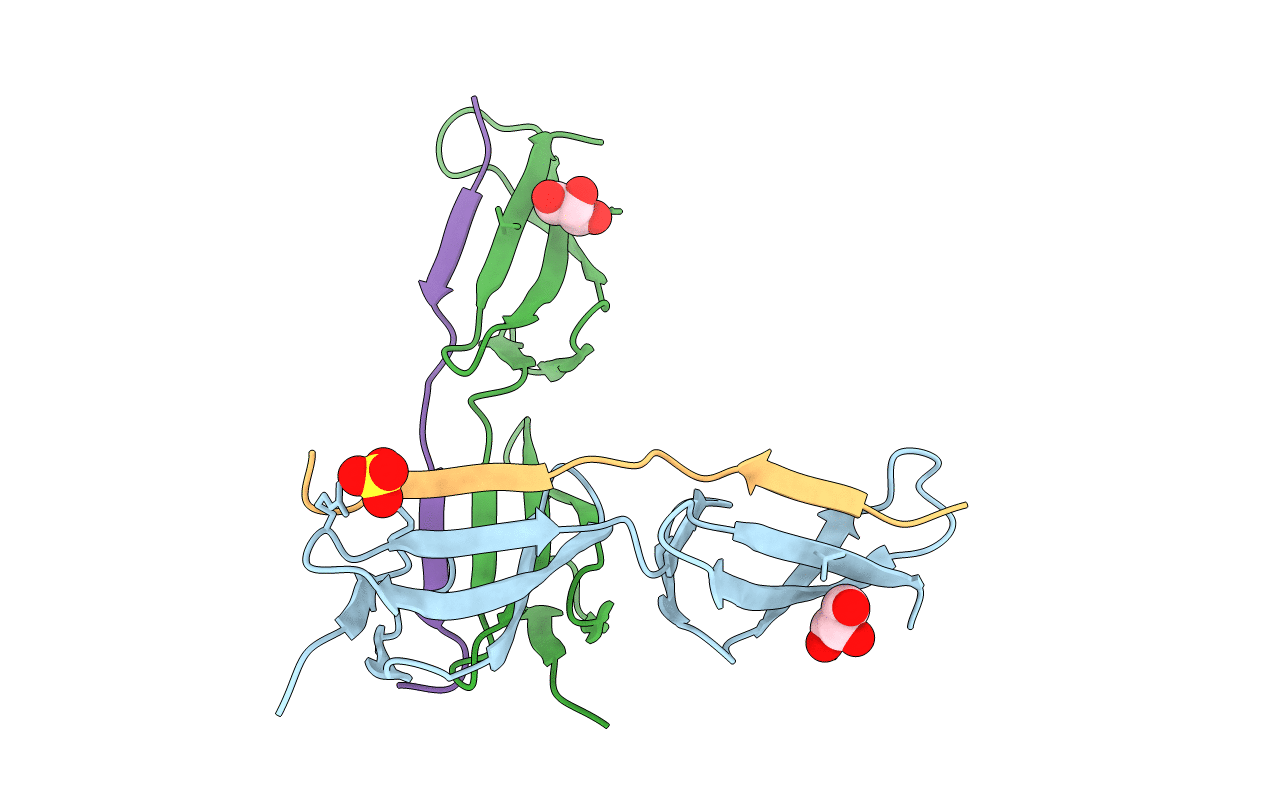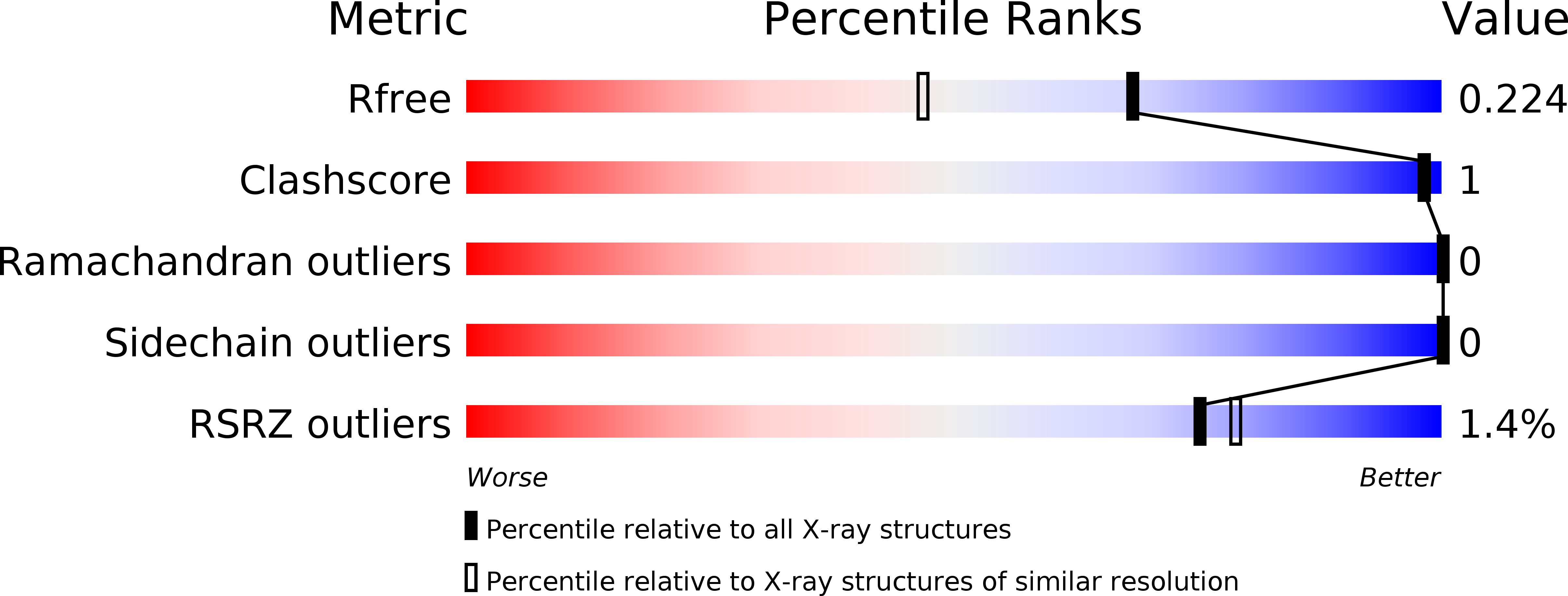
Deposition Date
2011-06-21
Release Date
2011-09-28
Last Version Date
2024-11-06
Entry Detail
PDB ID:
3ZRZ
Keywords:
Title:
Crystal structure of the second and third fibronectin F1 modules in complex with a fragment of Streptococcus pyogenes SfbI-5
Biological Source:
Source Organism:
HOMO SAPIENS (Taxon ID: 9606)
STREPTOCOCCUS PYOGENES (Taxon ID: 1314)
STREPTOCOCCUS PYOGENES (Taxon ID: 1314)
Host Organism:
Method Details:
Experimental Method:
Resolution:
1.70 Å
R-Value Free:
0.22
R-Value Work:
0.17
R-Value Observed:
0.17
Space Group:
P 41


